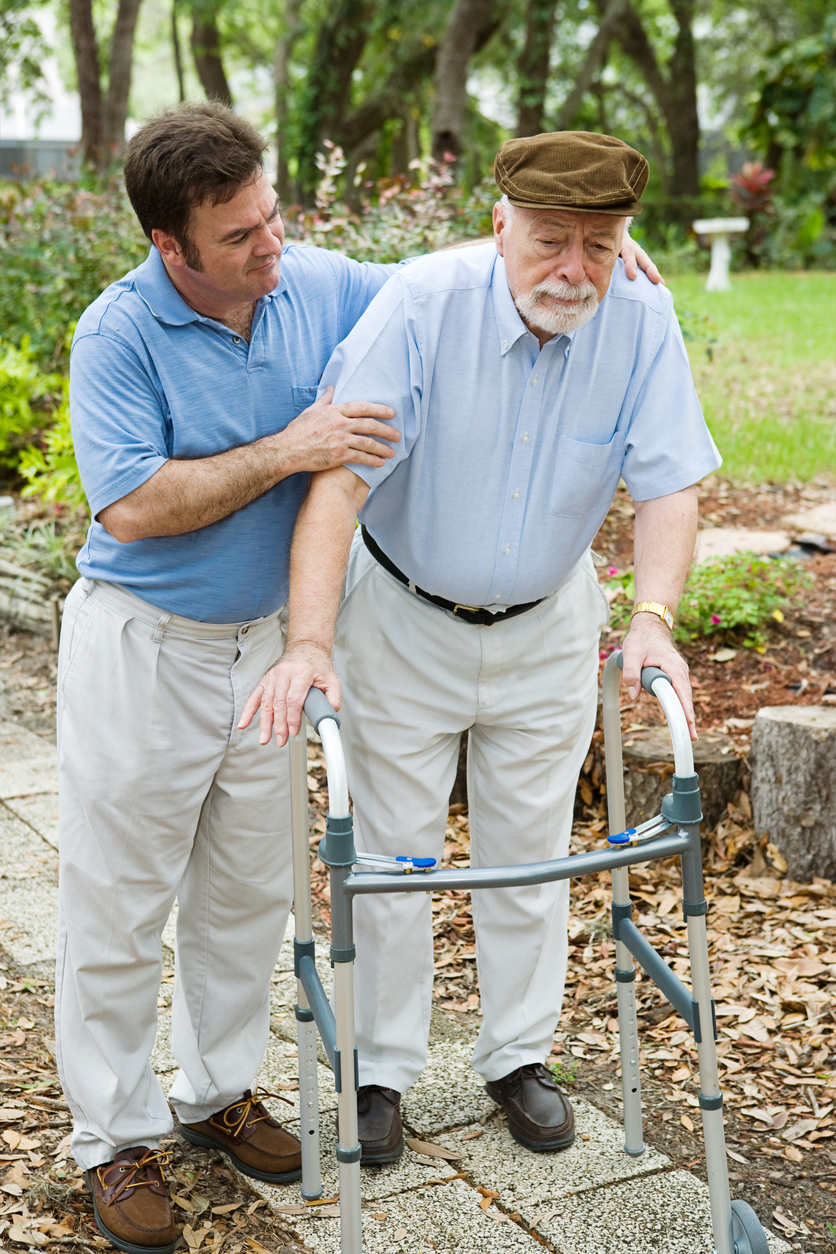AARP Hearing Center
Celebrate Our Interdependence
By Susan Reinhard, June 29, 2017 10:32 AM

Independence Day is coming. So is a significant change in our society.
As we celebrate our nation’s independence, we can also celebrate the vibrant interdependence of us all, across the age spectrum. Every day in this country, 10,000 people turn 65. With boomers beginning to turn 80 in 2026, we’re less than a decade away from this sizable generation’s increased need for long-term services and supports (LTSS). Has your state risen to the challenge of providing appropriate LTSS that will help enable you to live as you choose in your community as you age?
We examined such issues in the 2017 Long-Term Services & Supports State Scorecard, released June 14. The data-driven interactive tool and report found that while states have made incremental improvements since our last Scorecard was published in 2014, we need to triple or even quadruple the pace of change to accommodate the impending growth in the older segments of our population. (Thus, the report piece of the release is aptly titled “ Picking Up the Pace of Change: A State Scorecard on Long-Term Services and Supports for Older Adults, People with Physical Disabilities, and Family Caregivers.”)
In short, the Scorecard sounds the alarm. But its information on each state’s strengths and shortcomings also serves as a tool — for policy makers and stakeholders as well as concerned consumers dealing with the issue, either as caregivers or as potential users of LTSS. The tool allows users to gauge what must be done to improve conditions in the years ahead.
Covering 25 indicators across five major dimensions, the Scorecard provides a comprehensive look at LTSS. Below are just a couple of highlights that provide examples of what the Scorecard examines.
The Need for Affordable, Accessible Housing
For the first time, the Scorecard includes housing and transportation measures, since the aging population, as well as those with physical disabilities, requires more affordable and accessible housing and transportation to remain in their homes and communities.
What we found is that, since 2011, many states increased the percentage of housing units that can potentially be subsidized. But there is much more to this story. While the total number of subsidized housing opportunities has risen since 2011, this is due in large part to the slow growth of the overall housing market. The increased use of vouchers, tax credits and other financing mechanisms has also played a role, but they remain sparse and hard to come by in the housing market. The end result is that the availability of affordable housing remains tremendously insufficient.
At a national level, there are still more than 18 million renters, and fewer than 8 million potentially subsidized units available. So, despite some improvement, it is clear that the current supply of affordable and accessible housing still falls far short of our current and future needs.
Moreover, simply having a relatively higher number of affordable units isn’t sufficient. Housing needs to be accessible to meet the needs of all as well.
The Truth About Transportation
We live in a car-oriented society, and when people stop driving, they may feel a loss of some freedom. Moreover, giving up driving puts a burden on family caregivers, who must transport individuals to appointments with health care professionals, friends’ homes, the mall or the movie theater. Thus, this year’s Scorecard also looks at which states offer transportation options for those who don’t drive but still want to live in their current homes or communities.
Fortunately, several states have started providing volunteer driver programs as well as increasing community transportation for low-income Medicaid beneficiaries with disabilities and coordinating community transportation at all levels of government. The top-performing states in those areas this year were Colorado, South Carolina, California, Massachusetts and Washington.
With resources getting tighter and the number of older Americans on the rise, the economic realities that states face are uncertain. Proposed health care legislation threatens key funding for LTSS, particularly home- and community-based services. During this season of celebrating freedom, independence and our vibrant interdependence, it’s time to think about the concrete consequences of such legislation. My colleagues and I have already written on this topic, and undoubtedly I’ll continue to do so in the near future.
We cannot afford to drop the ball on adequately building out our LTSS infrastructure. All states, from the top-performing ones on down in this year’s Scorecard, need to pick up the pace now to meet the needs of the aging population in the very near future.
Now it’s your turn to weigh in: How did your state rank on this year’s Scorecard , and what do you feel needs to be done to increase its standing by our next LTSS evaluation in 2020?































































